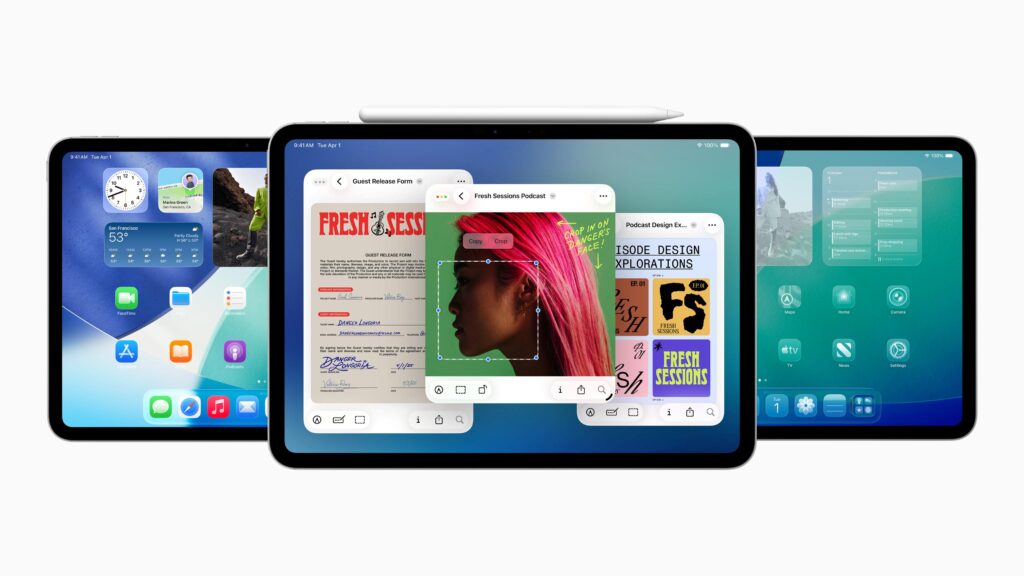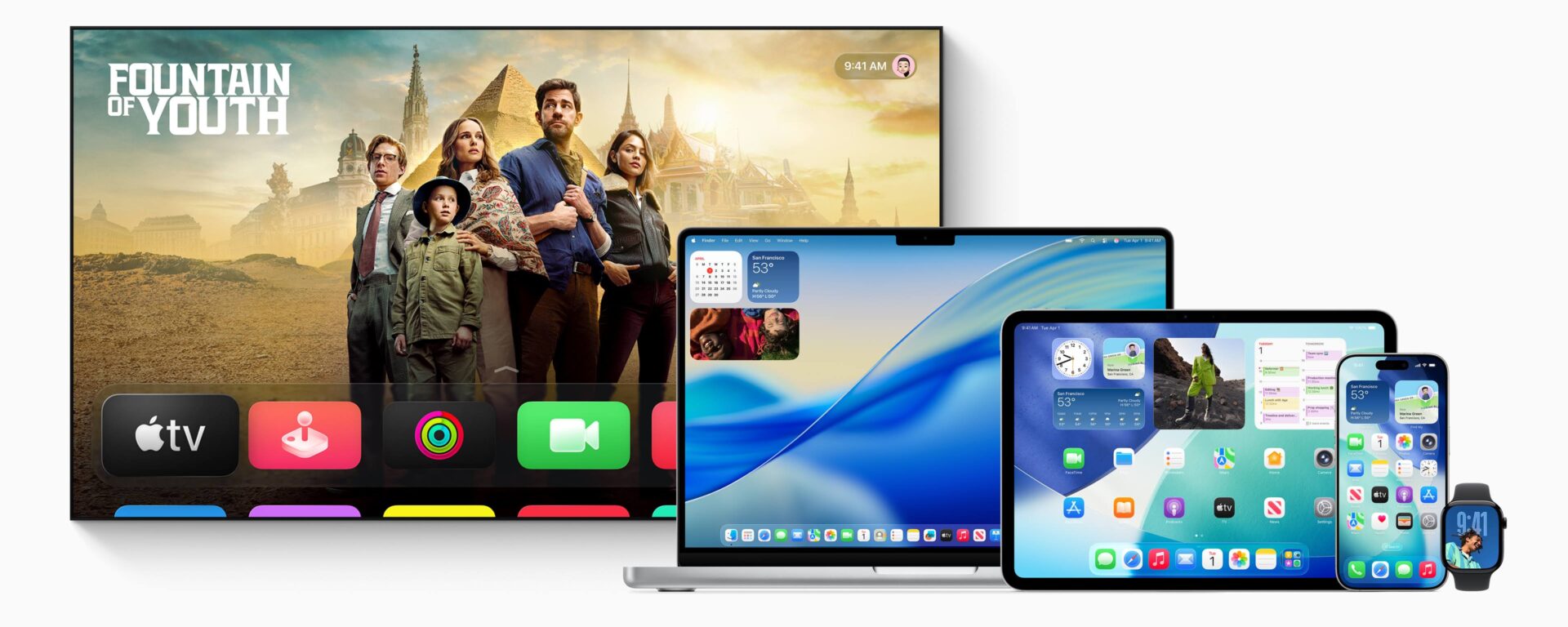At its Worldwide Developers Conference on Monday, Apple unveiled its most significant visual overhaul in years: a new universal design language called Liquid Glass. Debuting with the version 26 releases of its operating systems, the new aesthetic brings a translucent, depth-focused look to the entire Apple ecosystem. The goal is to create a more unified experience, though its visual approach draws on familiar concepts from computing history and introduces some elements that may prove divisive.
A Unified, Translucent Aesthetic

Inspired by the interface of visionOS, Liquid Glass is a new material being deployed system-wide across iOS, iPadOS, and macOS. It creates a translucent effect that reflects and refracts the content behind it, such as a user’s wallpaper, to add a sense of depth to elements like app icons, toolbars, and widgets. This marks the broadest design update in the company’s history, aiming to create a more harmonious look across all devices.
While the overall design is a decent step forward, the aesthetic is reminiscent of Microsoft’s Aero interface from Windows Vista, giving it a familiar feel rather than a completely novel one. The effect appears most successful on static elements, while its application on more dynamic, non-static components can be less convincing. Furthermore, the new transparent icon set, while visually consistent, can make icons difficult to distinguish from each other and from the background, which could present a challenge for at-a-glance usability.

Some specific implementations of the new design may also be met with a critical eye. The new 3D effect applied to the clock on the iOS 26 Lock Screen, for example, creates a stark look that may not appeal to all users. Similarly, while the new window manager in iPadOS 26 is a major functional leap forward, the prominent visual design of the window barriers could be a point of contention. Ultimately, Liquid Glass is a bold change, and its final reception will likely depend on how users adapt to the new visuals and whether Apple refines some of these elements before the public release this fall.

